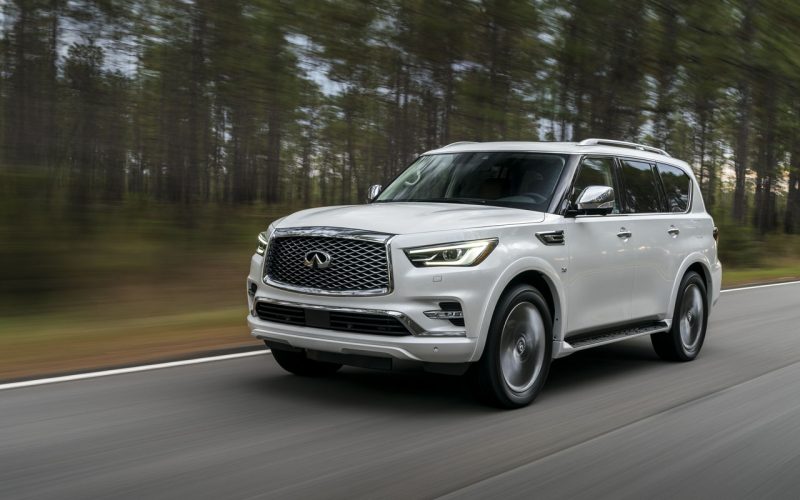
Reading Time: 6 minutesDrive a 2018 Infiniti QX80 and you’ll quickly be comparing it in kind to full-size SUV
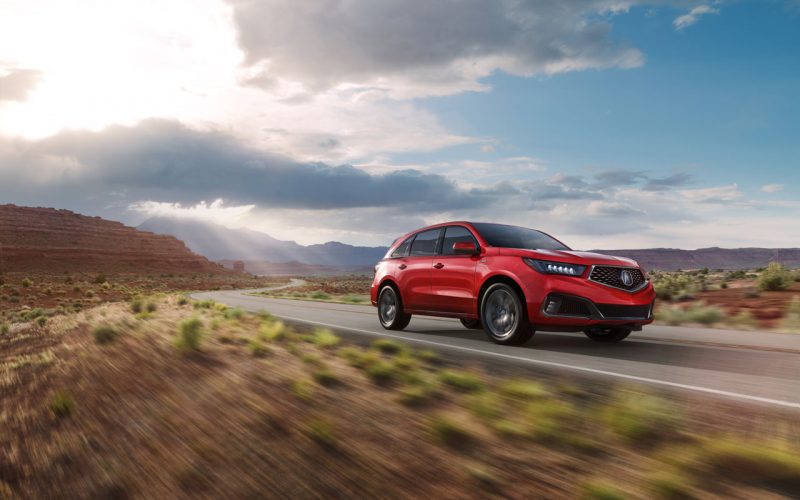
Reading Time: 3 minutesAcura has made a name for itself by producing cars and crossover SUVs that perform very
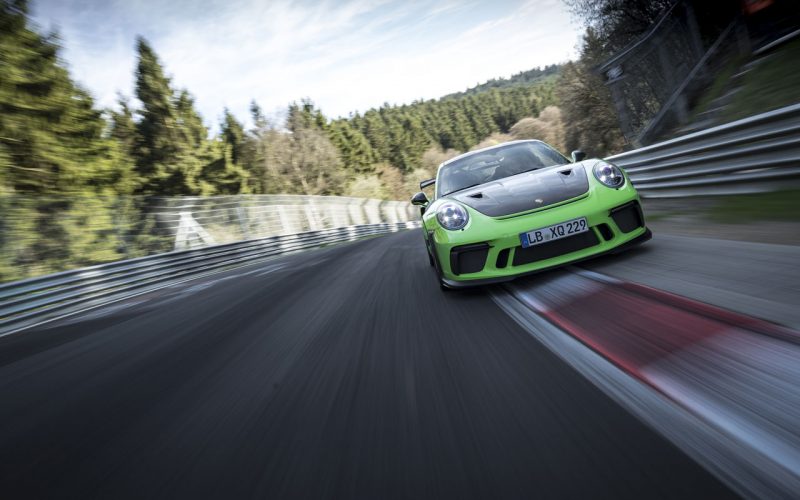
Reading Time: 5 minutesFor many automotive enthusiasts a lap around the famed Nürburgring Nordschleife racetrack is a top-10 bucket
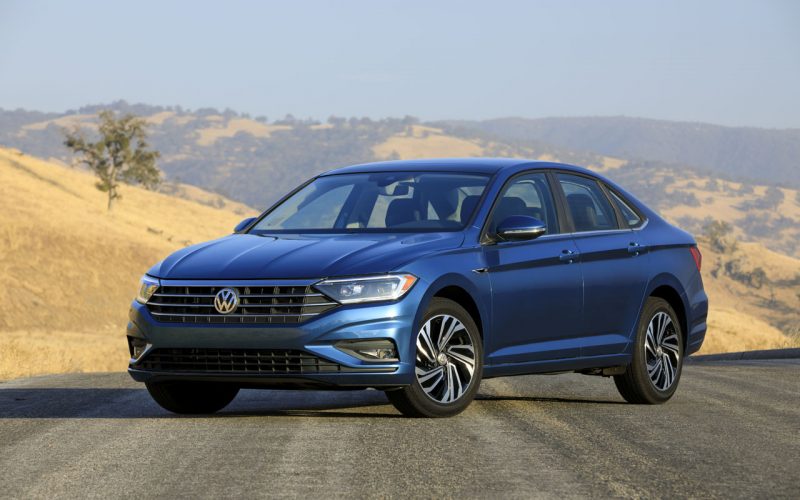
Reading Time: 7 minutesIn case you were hoping the new seventh-generation 2019 Jetta would be doing direct battle with
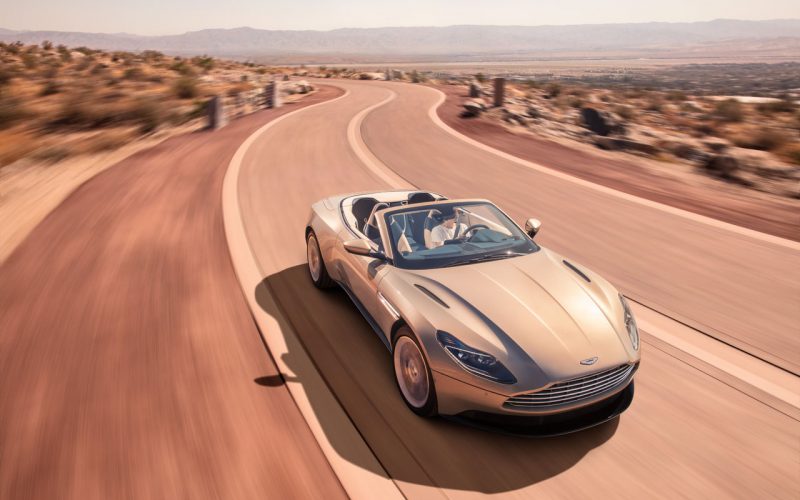
Reading Time: 6 minutesAston Martin has been revising its entire model range in recent years, with a dynamic new
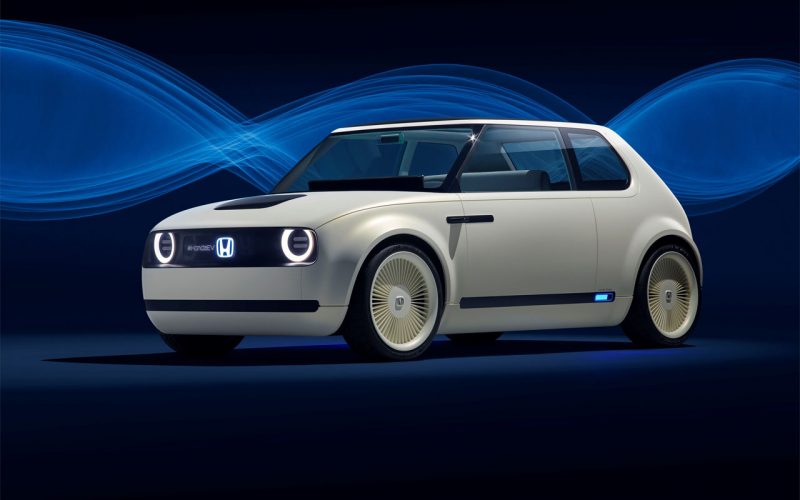
Reading Time: 5 minutesMany concept cars deserve to be built, but few actually see the light of day. Apparently
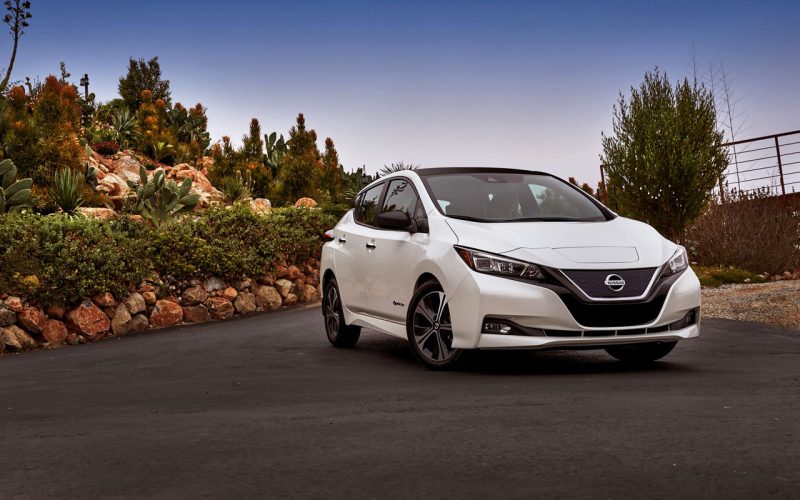
Reading Time: 4 minutesAfter achieving its best sales results ever in 2017, Nissan Canada has yet another sales milestone
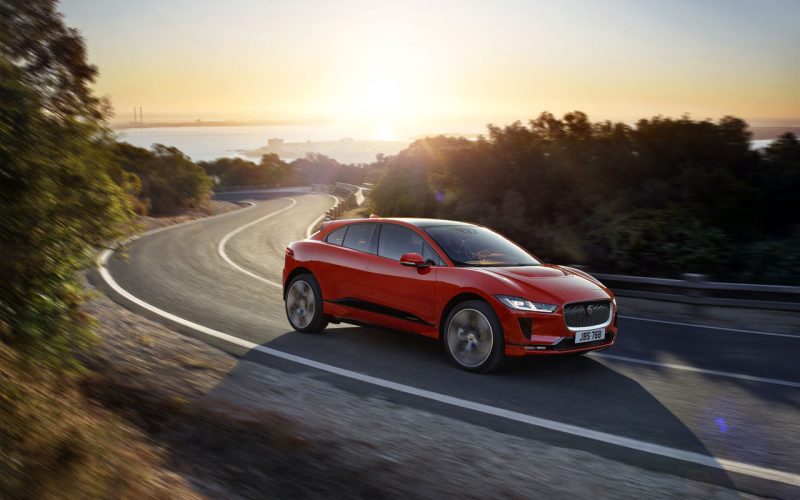
Reading Time: 13 minutesJaguar fans that liked the I-Pace Concept and kept fingers crossed that the production version wouldn’t
© 2025 The Car Magazine. All Rights Reserved, Privacy Policy | Terms of Use